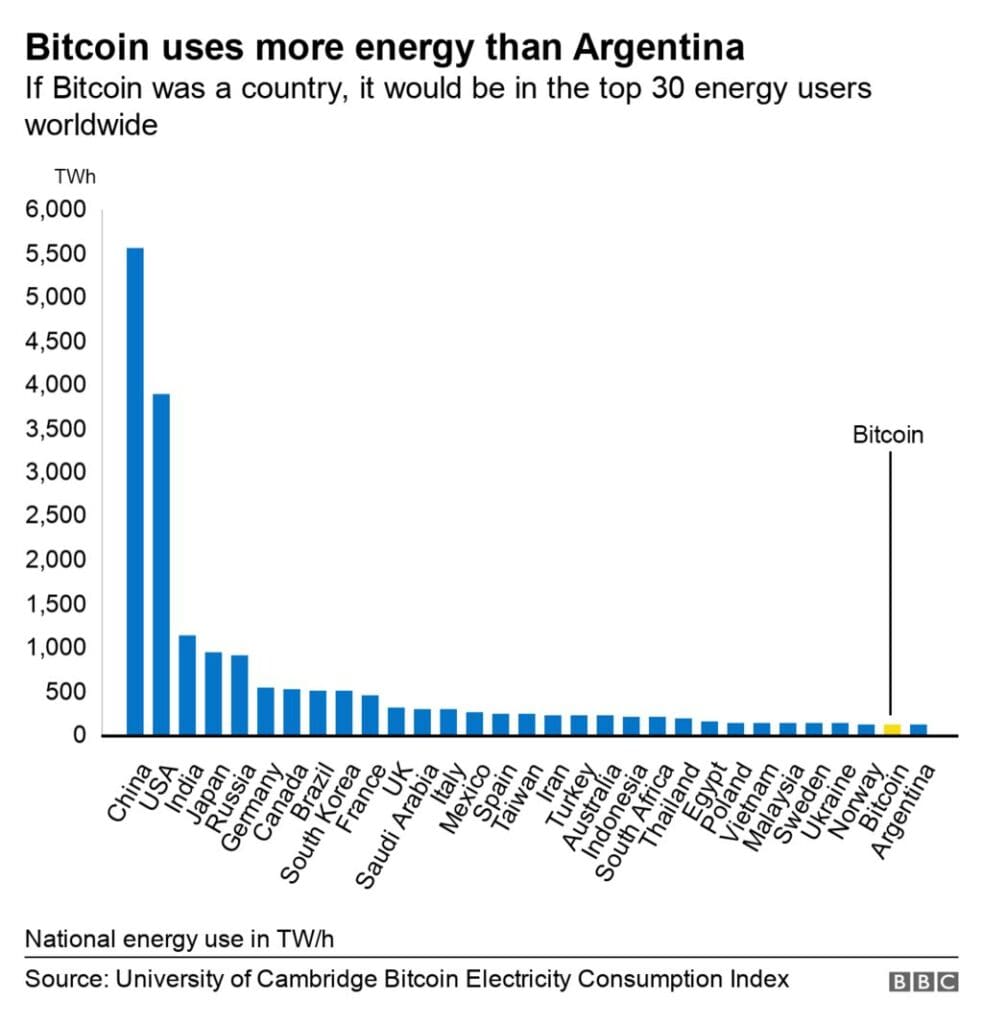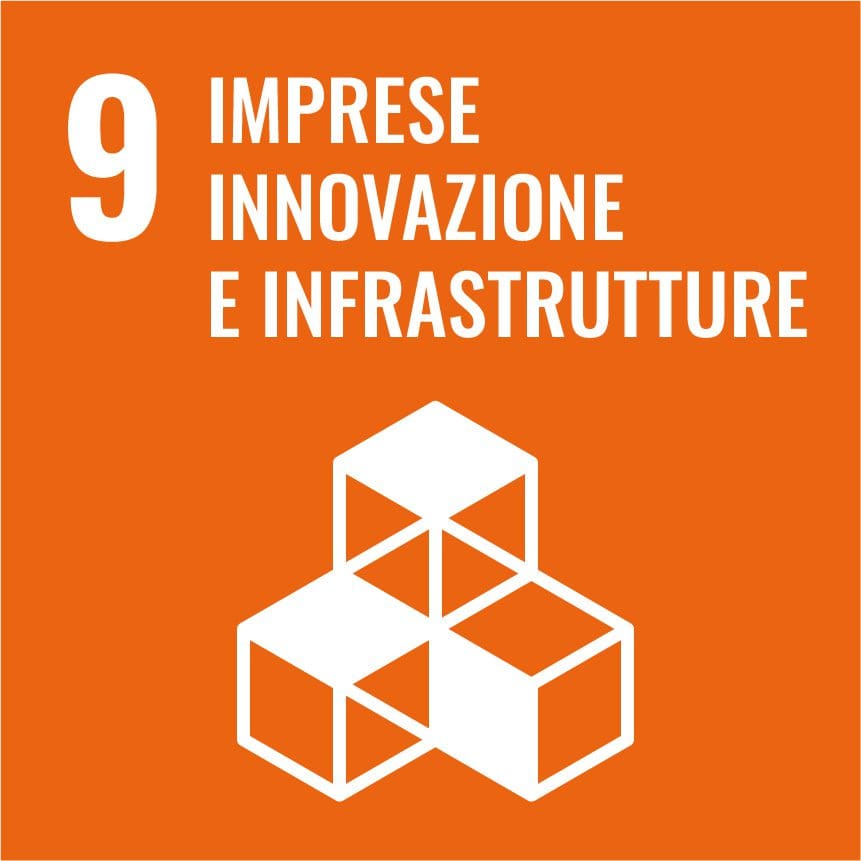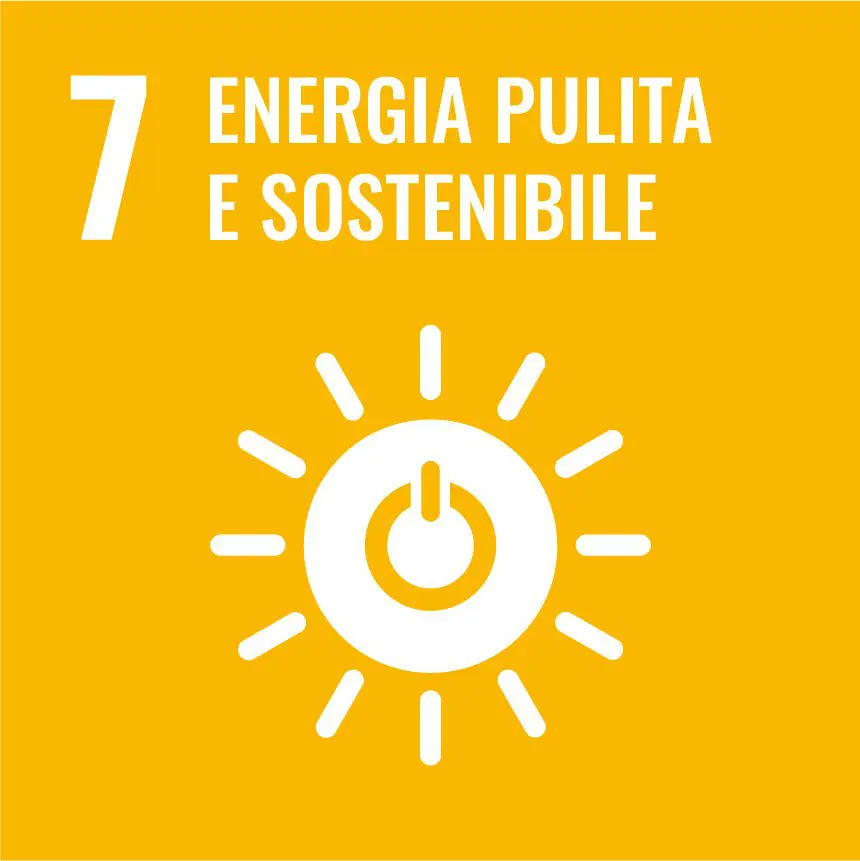Blockchain technology is a promising solution for various challenges in different industries, including sustainable energy and climate action. However, the question remains: is blockchain technology a viable solution for sustainable energy and climate in the Global South, or does it pose significant challenges in terms of energy consumption and carbon emissions?i
The United Nations Environment Programme (UNEP) published a report in 2019 called “Blockchain for Sustainable Energy and Climate in the Global South”, examining blockchain technology’s potential in promoting sustainable energy and climate action in developing countries. The report provides examples of blockchain-based solutions for financing renewable energy, energy access, and carbon markets. However, energy consumption and limited scalability are two significant challenges. The report acknowledges that blockchain technology’s energy requirements, which can be equal to entire countries’ usage, results in significant carbon emissions. Blockchain networks’ limited capacity to process transactions creates bottlenecks and delays, which is problematic for real-time transactions in energy access and carbon markets.
The world needs to almost halve emissions over the next eight years to stay on track for a 1.5°C world, while at the same time expanding access to energy to bring hundreds of millions of people onto the grid.
Mark Radka, Chief, Energy and Climate Branch, UNEP
Addressing the negatives
One of the significant challenges of blockchain technology is its energy consumption. Blockchain technology relies on a network of computers to process and validate transactions, which requires significant amounts of energy. In fact, some estimates suggest that the energy consumption of the Bitcoin blockchain alone is comparable to the energy consumption of entire countries. This energy consumption results in significant carbon emissions, which can offset the benefits of using blockchain technology for sustainable energy and climate action.
Another challenge is the limited scalability of blockchain technology. Blockchain networks have a limited capacity to process transactions, which can create bottlenecks and delays. This limitation can be particularly problematic in the context of energy access and carbon markets, where real-time transactions are essential.
Blockchain networks have a limited capacity to process transactions, which can create bottlenecks and delays. This limitation can be particularly problematic in the context of energy access and carbon markets, where real-time transactions are essential.

Driving innovation
Despite these challenges, the UNEP report suggests that blockchain technology has the potential to promote sustainable energy and climate action in the Global South. For example, blockchain-based solutions can enable peer-to-peer energy trading, which can increase energy access and promote the use of renewable energy sources. Blockchain technology can also facilitate renewable energy financing and support the development of carbon markets, which can incentivize emissions reductions and climate action.
To address the energy consumption and scalability challenges of blockchain technology, the report suggests several solutions. For example, implementing energy-efficient consensus algorithms, using renewable energy sources to power blockchain networks, and optimizing blockchain networks to increase scalability can all help reduce the energy consumption and carbon emissions of blockchain technology.
What’s next
In conclusion, the “Blockchain for Sustainable Energy and Climate in the Global South” report highlights the potential benefits and challenges of using blockchain technology for sustainable energy and climate action in developing countries. While the energy consumption and scalability challenges of blockchain technology should not be underestimated, there are also opportunities to overcome these challenges and leverage the potential of blockchain technology for climate change mitigation. As with any new technology, careful consideration and evaluation are necessary to ensure that blockchain technology is used in a way that maximizes its potential benefits while minimizing its drawbacks.












